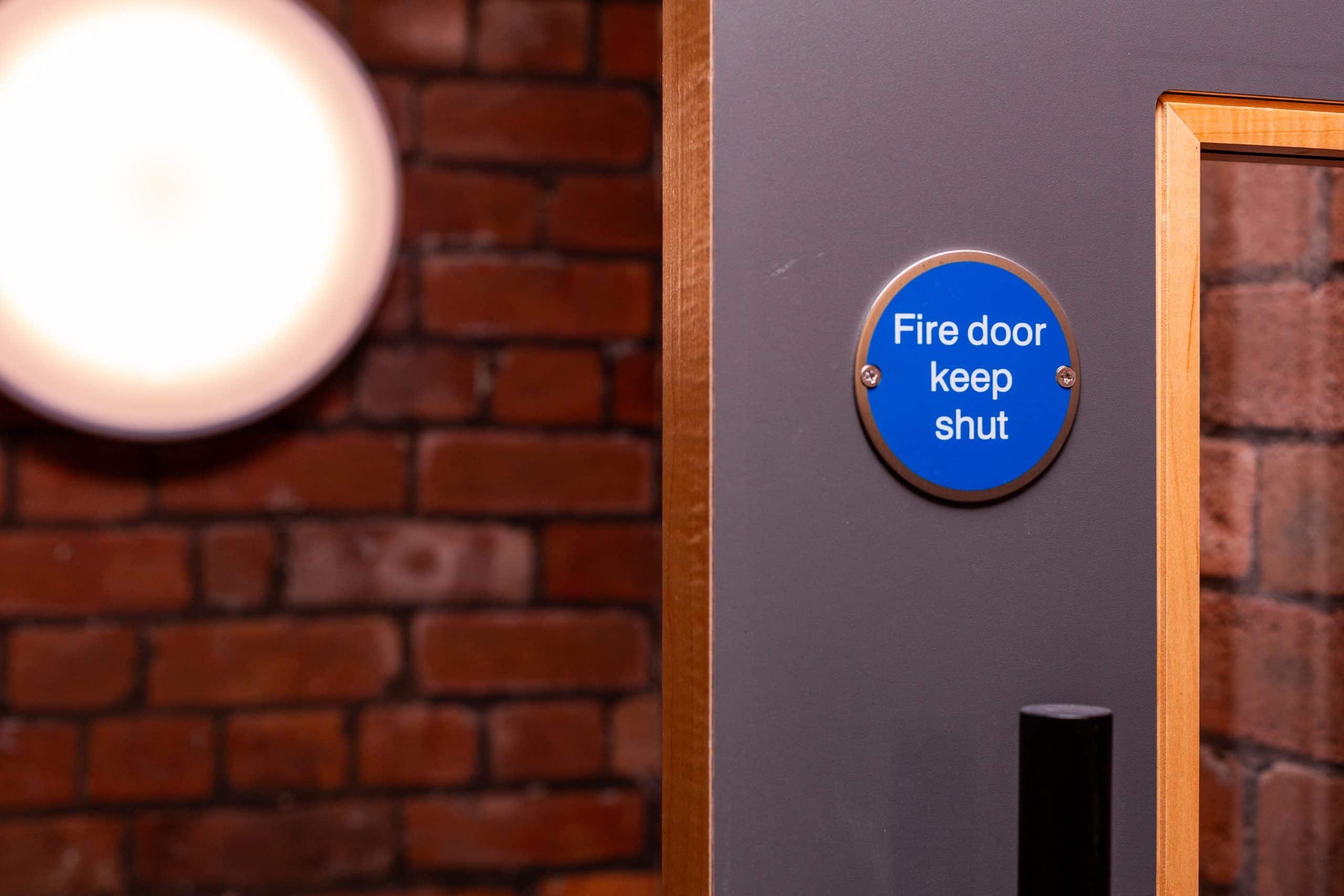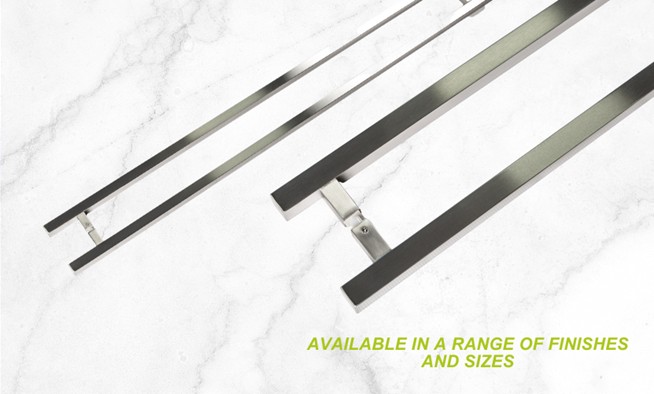In the fast-moving world of construction and fitout, compliance is not just a formality — it’s a necessity. Yet since the UK’s departure from the EU, the landscape has shifted, and questions around UKCA and CE markings are common. Here, we break down the differences and explain why working with forward-thinking manufacturers like ourselves ensures confidence in compliance.
What is CE Marking?
The CE mark (Conformité Européenne) shows that a product meets EU safety, health, and environmental protection standards. For decades, CE has been the benchmark for selling construction products across the EU/EEA.
It applies to products within the scope of harmonised European standards (hENs).
CE marking requires a Declaration of Performance (DoP) and supporting technical documentation.
Third-party assessment by an EU-recognised “notified body” is required for certain product categories, including many fire-safety related products.
What is UKCA Marking?
The UKCA mark (UK Conformity Assessed) was introduced after Brexit to cover products placed on the market in Great Britain (England, Scotland, Wales).
It mirrors many of the CE requirements, but assessments must be carried out by a UK Approved Body.
A UK Declaration of Conformity is required, supported by technical evidence and test reports.
In Northern Ireland, CE (or CE + UKNI) still applies under the Windsor Framework.
The Latest Government Position
The UK government has indefinitely extended recognition of the CE mark for most products sold in Great Britain.
This means that, for now, CE-marked products can continue to be placed on the GB market, alongside those carrying the UKCA mark.
However, the government has committed to providing at least two years’ notice before any future requirement to move solely to UKCA.
For construction products specifically, CE recognition has been extended beyond June 2025 — with further updates expected as regulation evolves.
Why This Matters to Specifiers
For architects, contractors, and developers, the stakes are high. Mis-specified or non-compliant hardware can delay projects, add cost, and — most importantly — compromise safety. It’s vital to work with suppliers who understand both systems and can provide the right certification for the market you’re operating in.
How Merlin Stays Ahead of the Curve
At Merlin, certification isn’t an afterthought — it’s built into our process.
Proactive UKCA adoption: While many manufacturers are still adjusting, Merlin has ensured its products are ready for UKCA, giving specifiers confidence for projects in Great Britain.
CE compliance maintained: For EU and Northern Ireland markets, Merlin continues to meet CE requirements, supporting cross-border supply without disruption.
Transparent certification: Merlin makes technical documentation and third-party certifications (such as Certifire) accessible to clients, so specifiers can evidence compliance with ease.
Future-proofing: With regulations evolving, Merlin invests in testing, documentation, and certification processes that go beyond the minimum — ensuring projects are safeguarded long-term.






